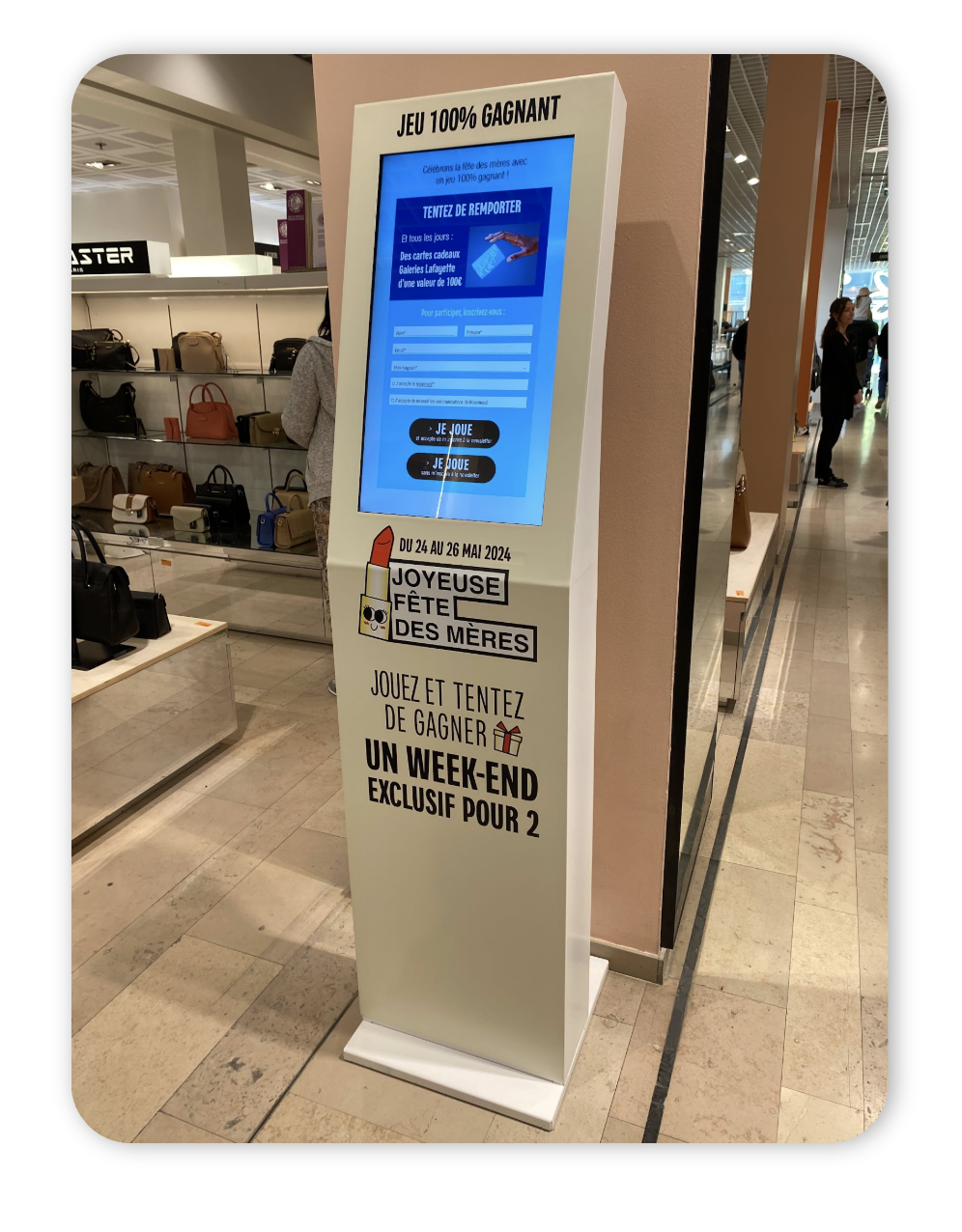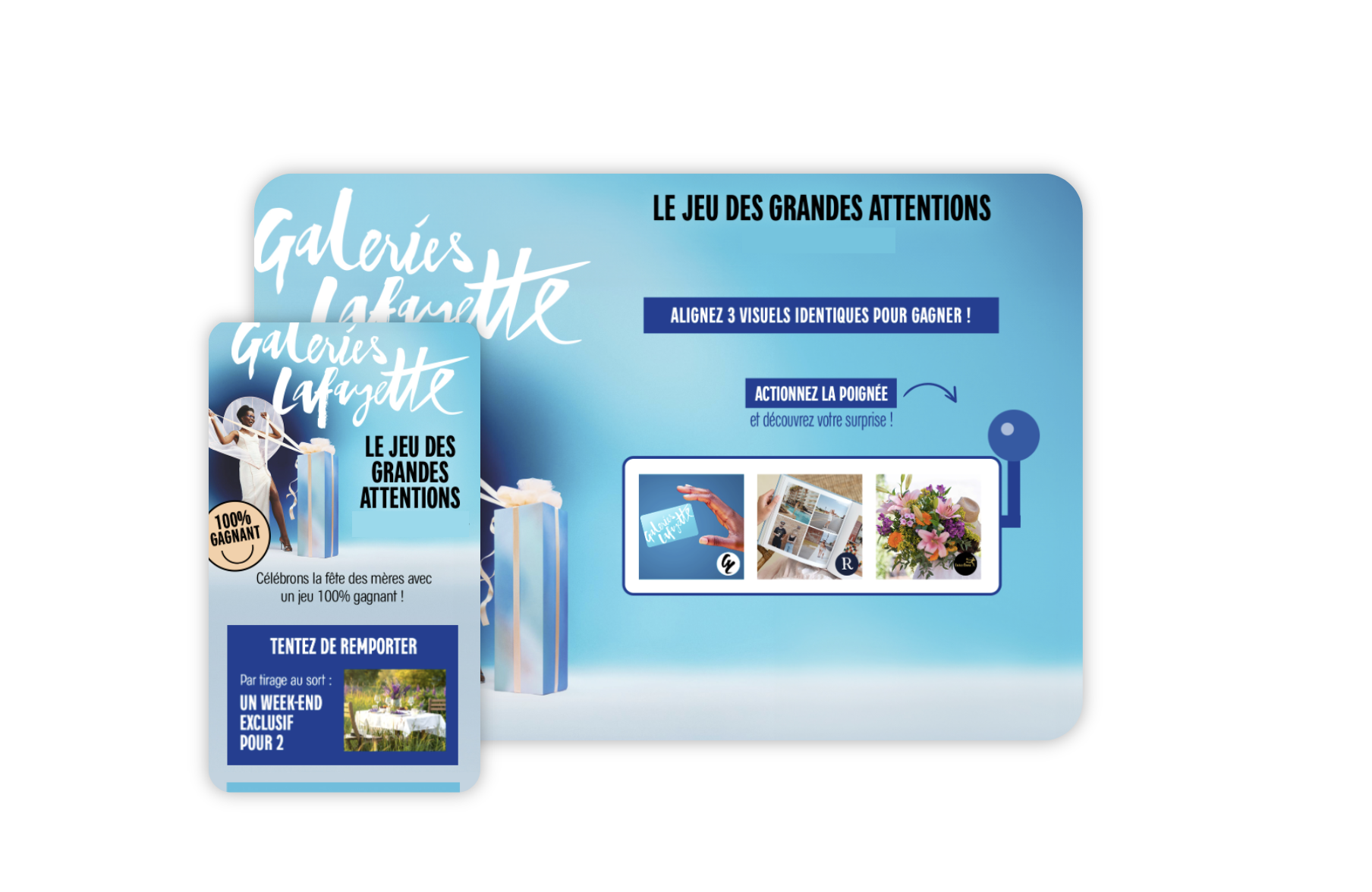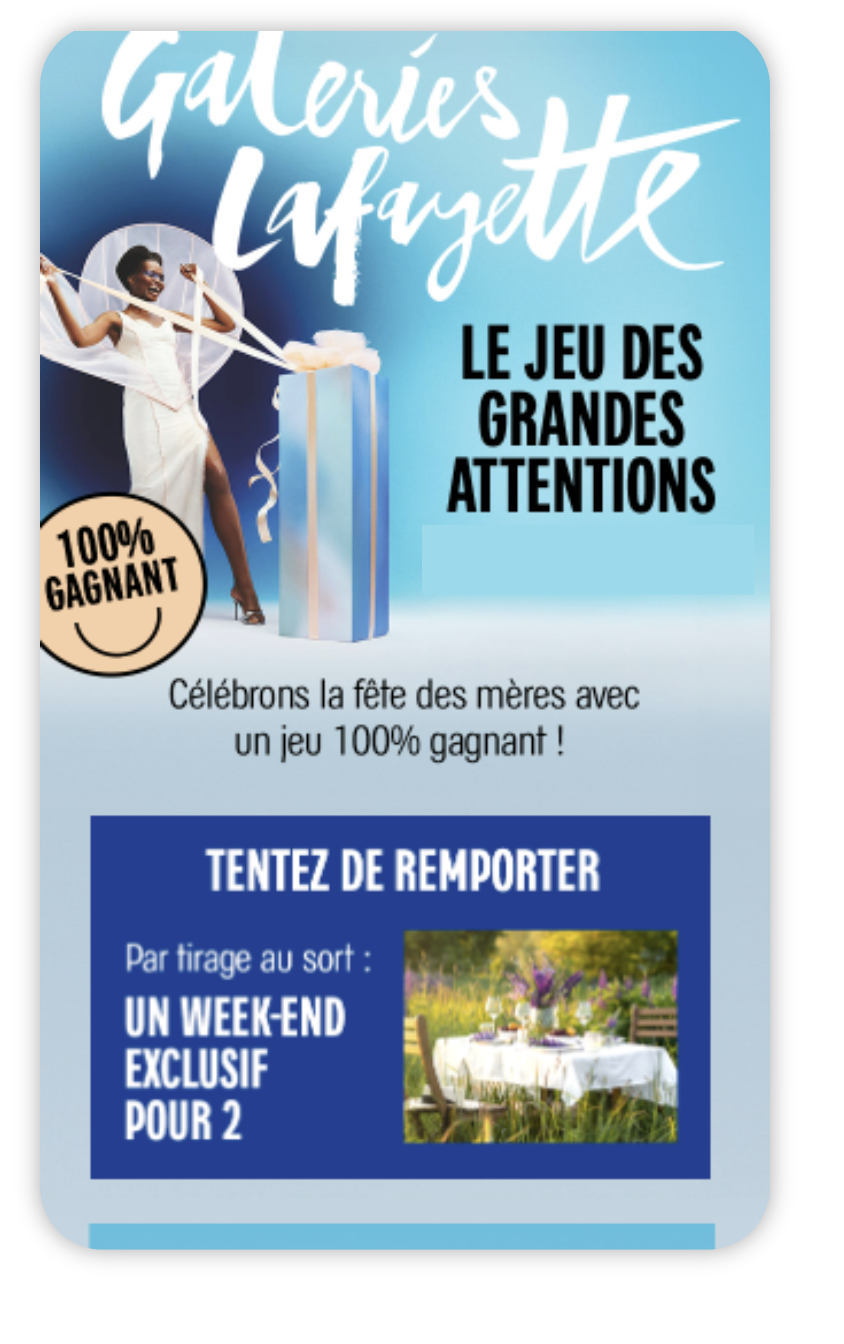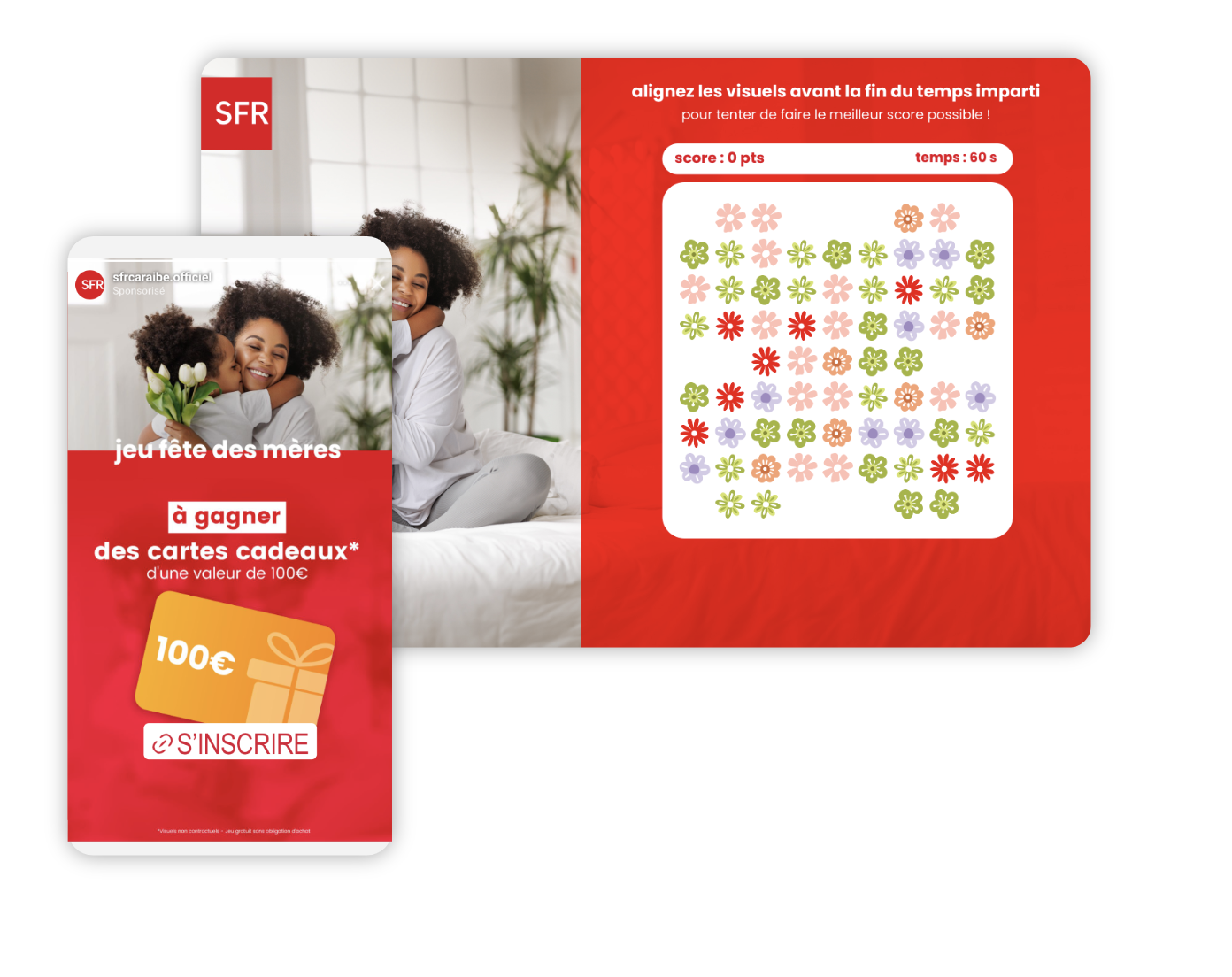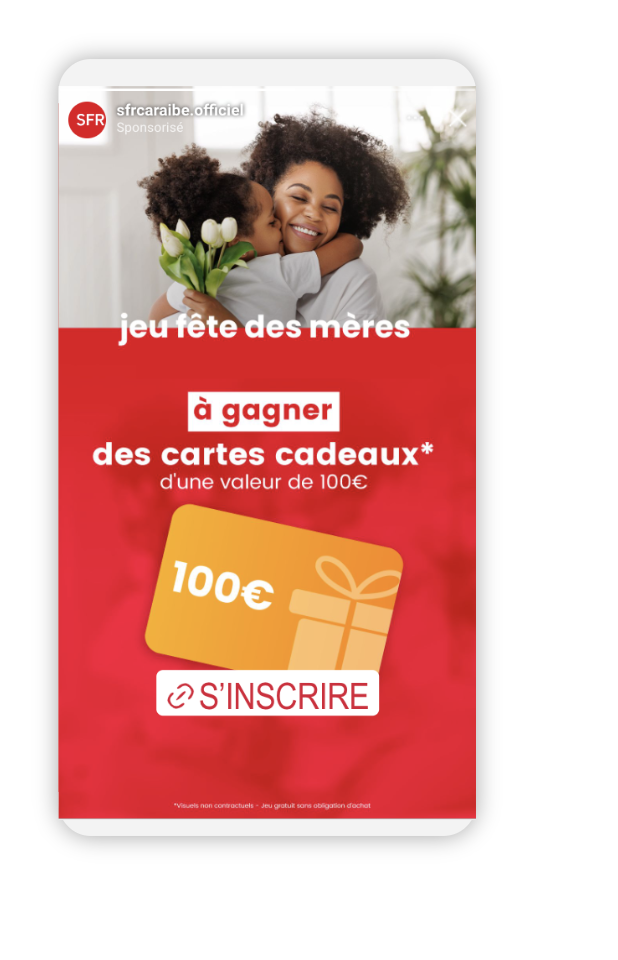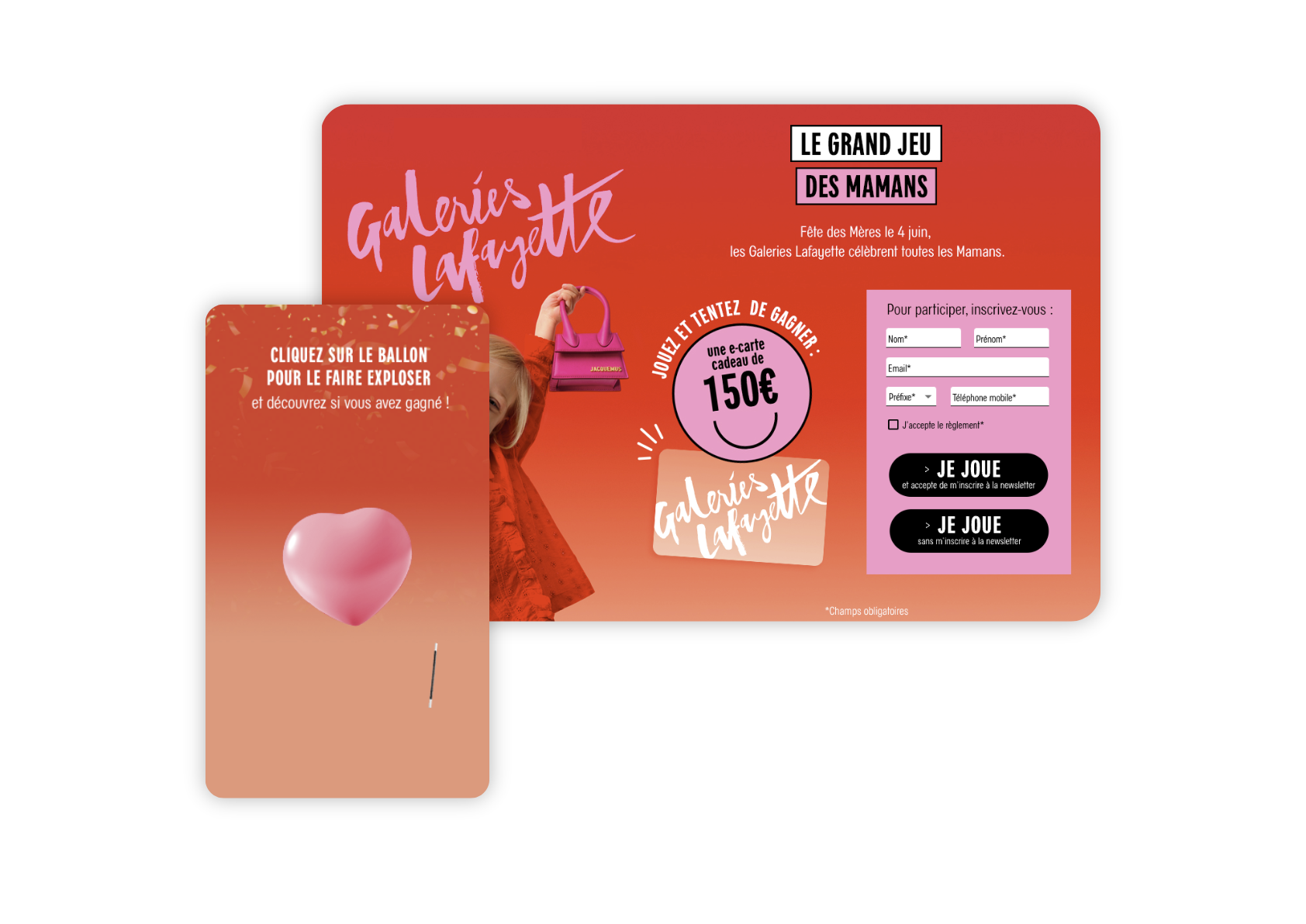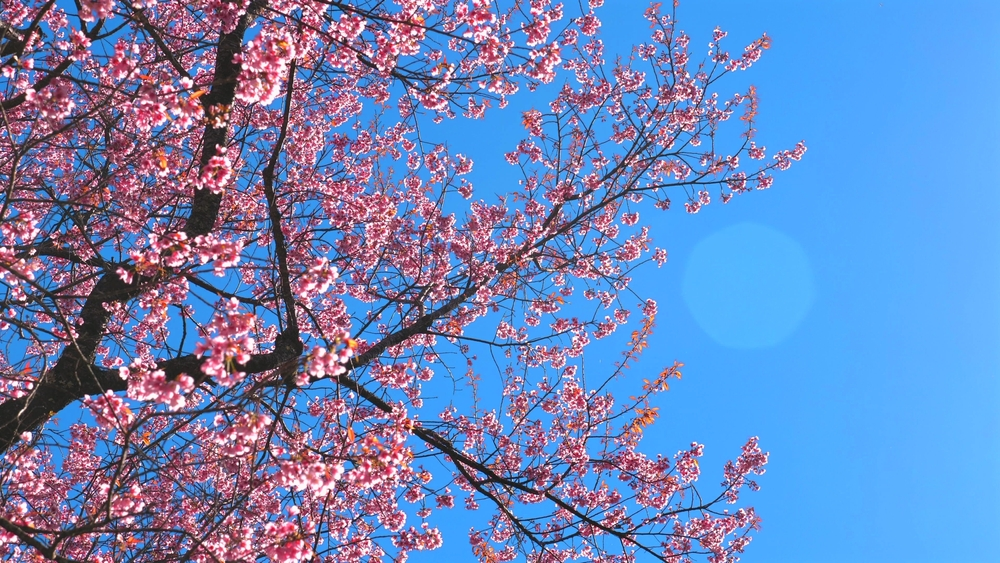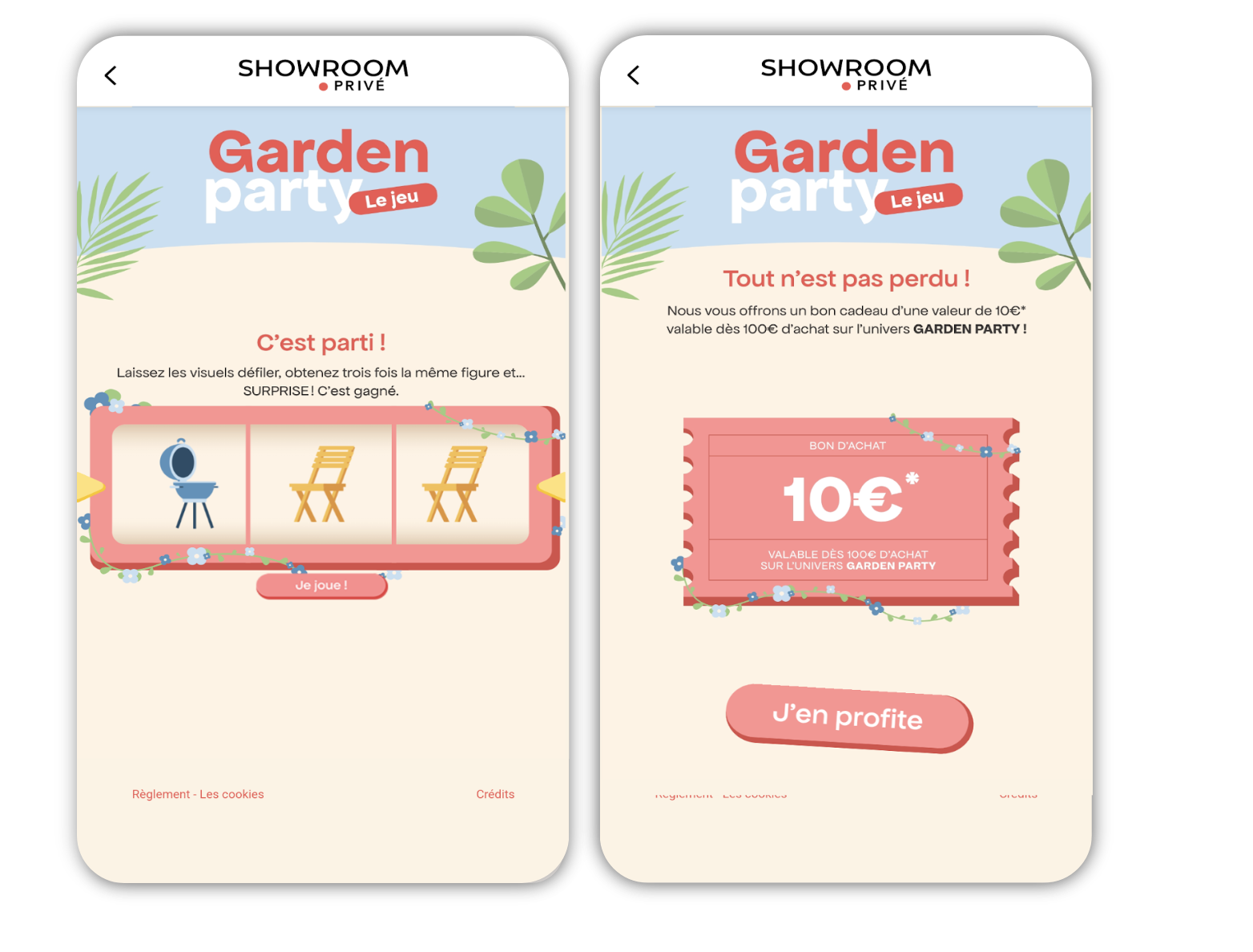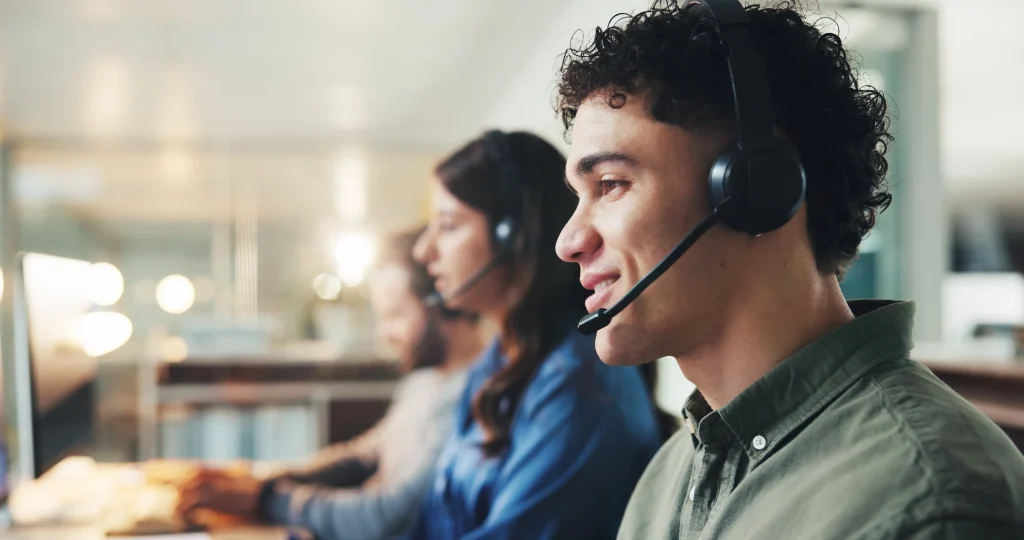
Mother’s Day competition: 4 scenarios for your campaigns
Mother’s Day is a tradition that has been rigorously respected and perpetuated since childhood. This year, once again, all mothers are expecting a gesture from their children, often with the support of their spouses for the younger ones. According to a Yougov survey, 61% of French people think this is an important holiday. It’s the perfect opportunity for brands and chains to launch a competition to mark this commercial highlight and promote their flagship products!
There are 3 main reasons for consumers to take part in a promotional game on Mother’s Day:
- Finding the perfect gift for their mum
- Win an attractive prize to give away on the big day
- Declare their love for their mother in a fun and original way
A marketing game to identify the tastes and preferences of mothers
On Mother’s Day, consumers give themselves around 2 weeks to find the ideal gift, and almost half make up their minds in 2-3 days at the last minute. This usually leads to a spike in sales, particularly online, with a growing proportion of mobile purchases.
Influence their buying habits by guiding them in their choice of the ideal gift using a marketing game! Children know their parents well enough to indicate their preferences.
The swiper, perfect for collecting user preferences
Help players find the perfect Mother’s Day gift by collecting their preferences, thanks to an easy-to-use and highly entertaining mechanic. Swiping right or left, depending on product preference, is as easy as child’s play. At the end of the journey, enter a Mother’s Day competition to win the selection.
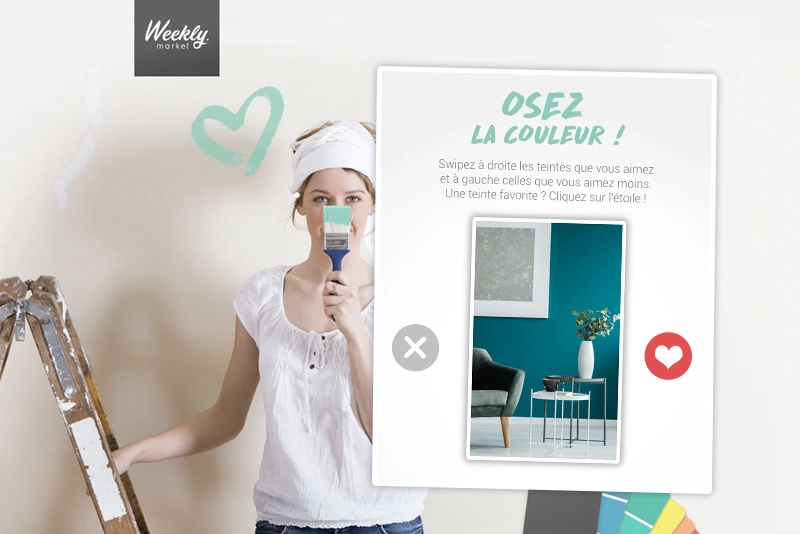
Personality tests are ideal for segmenting a database
With the personality test, players determine which profile their mother matches by answering a number of questions, and discover the most suitable products via a profile-based selection.
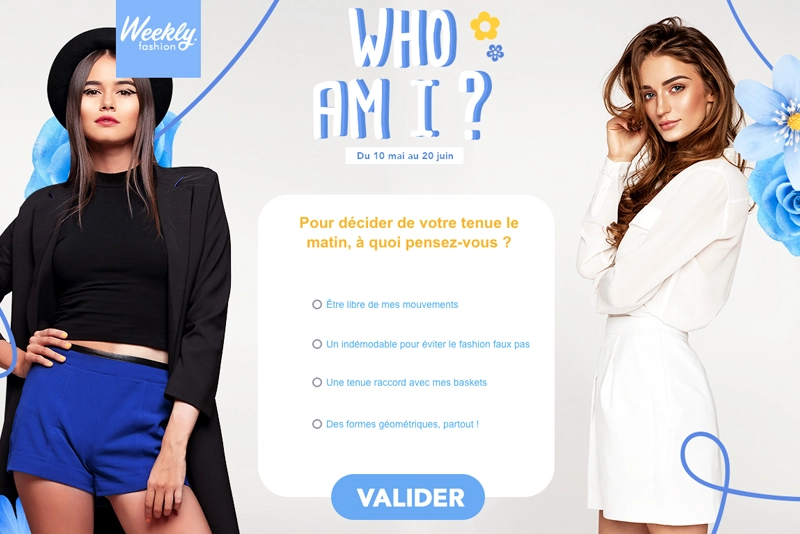
Shopping-list: a mechanism for gathering crucial information about products and services.
Players create their own special Mother’s Day wishlist from the brand’s products and submit it to a photo gallery, a simple way of generating user-generated content.
An instant win game to win the most beautiful Mother’s Day gift
Here, it’s important to choose the right equipment
Looking for something simple and effective? Instant-win games are a sure bet! The ideal way to reach a wide target quickly. Offer a particularly attractive prize for the occasion, or vouchers to spend on your site or at points of sale. Dress up your brand with festive branding via a One-Armed Bandit, a Scratch Game, a Wheel of Fortune or a Shuffler!
A creative competition to declare your love on Mother’s Day
Encourage your users to create their own content
Take advantage of the general craze to promote User Generated Content around your brand on this occasion. Photo, video or text competitions… encourage players to put themselves in the picture to wish Happy Mother’s Day in a fun, original and personalised way. It’s an excellent way of engaging users and developing your brand equity around a sacred holiday!
Why not capitalise on Mother’s Day with a post-purchase game?
Take advantage of this opportunity to generate in-store traffic
With a high level of purchase intent and an allocated budget, Mother’s Day always generates a spike in traffic and sales among the French. Take full advantage of the crowds to collect qualified data using a game. With Gatecode, encourage users to enter the code for their Mother’s Day gift and fill in a form to win a cash-back offer on their purchase, for example. A great way to collect leads and opt-ins!




